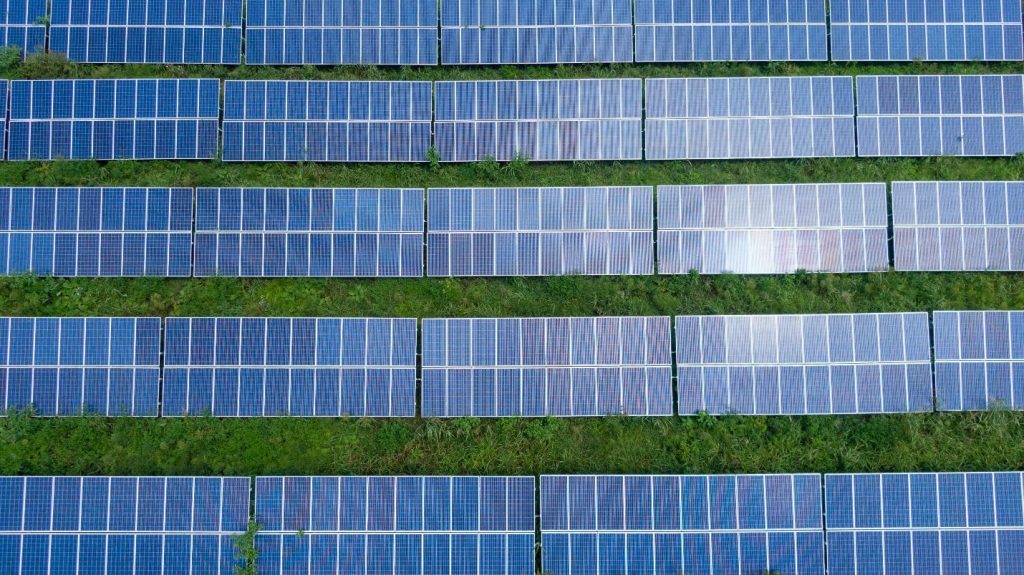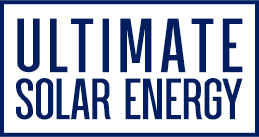How Australian Developers Can Benefit from Commercial Solar PPAs?
Australia is becoming a global leader in renewable energy, with commercial solar power systems playing a key role. These systems, consisting of solar panels, inverters, mounting equipment, and monitoring systems, help businesses switch to clean energy, cut costs, and reduce environmental impact. Inverters convert solar-generated electricity for use, monitoring systems track performance and mounting equipment secures panels.
Investing in commercial solar power is popular in Australia due to benefits like lower energy costs, reduced emissions, and increased energy independence for businesses. The installation process is streamlined, and diverse financing options are available to suit different industries.

Understanding Commercial Solar
Solar PV Technology
Commercial solar systems, with larger capacities than residential ones, efficiently convert sunlight into power through solar panels. This cost-effective choice for businesses helps cut energy expenses and promotes environmental sustainability. While a typical home solar system is around 6.6 kW, businesses utilize various types of larger solar systems.
Categories of Commercial Solar Systems
- Systems under 30 kW (approximately up to 100 panels)
- Systems ranging between 39 kW and 60 kW
- Systems larger than 60 kW
Commercial solar panels, being larger, can generate more energy with additional panels. However, complexities in grid connection, especially for capacities over 30 kW, entail extra costs. Advances in solar PV technology, such as highly efficient cells developed by Australian companies, enable businesses to produce more energy. In essence, understanding commercial solar involves noting size differences, cost considerations, and efficiency improvements compared to residential systems, aiding informed decisions for sustainability and cost savings.
Essential Components of Commercial Solar Power Installations
Solar Panels: Convert light to electricity. Two types of solar panels are available — monocrystalline and polycrystalline. Users can opt for one as per their feasibility, location, energy needs, and budget.
Inverters: Transform solar-generated direct current (DC) into usable alternating current (AC). Two types are popular i.e. string inverters for uniform sun exposure and microinverters for variable conditions.
Battery Storage: Optional but enhances efficiency and energy independence. Stores excess energy for use during peak demand or low sunlight, reducing electricity costs.
Commercial solar systems offer benefits like lower energy costs and reduced carbon footprint. Choose components wisely and collaborate with a reliable solar installer for optimal performance.
Benefits of Commercial Solar Installations
Energy Savings: Businesses can cut costs by generating their electricity, reducing reliance on the grid, and ensuring efficient energy distribution.
Environmental Impact: Commercial solar power decreases a business’s carbon footprint, contributing to a cleaner and greener energy sector without greenhouse gas emissions.
Improved Image: Adopting solar power enhances a business’s reputation, portraying it as forward-thinking and environmentally responsible. This attracts eco-conscious customers, boosts morale, and creates growth opportunities.
Installation Process for Commercial Solar Systems
Site Assessment: Evaluate the location for solar suitability, considering roof structure, shading, and space.
System Design: Design the solar system with appropriate components for efficiency, considering specific business needs.
Approvals: Obtain necessary approvals from utility companies and local councils, ensuring compliance with regulations.
Installation: Trained technicians install solar panels and components, prioritizing safety measures.
Commissioning: Test and verify the system’s correct and safe functioning, ensuring readiness for clean, renewable energy generation to reduce costs and promote sustainability.
Investment and Financing for Commercial Solar Systems
Government Incentives: In Australia, businesses investing in solar can benefit from incentives like Small-scale Technology Certificates (STCs) for systems up to 100kW, offering upfront cost reduction, and Large-scale Generation Certificates (LGCs) for systems over 100kW, providing annual revenue based on the energy produced.
Power Purchase Agreements (PPAs): Businesses can enter commercial solar PPAs where they agree to buy electricity from a solar system at a set rate, avoiding upfront costs as the provider handles installation and maintenance.
Environmental Upgrade Agreements (EUAs): These involve a partnership between a building owner, a financier, and local government, offering long-term, low-interest loans for renewable upgrades like solar installations, repayable through council rates.
Loans and Leasing: Renewable energy-specific loans from financial institutions provide competitive rates and flexible terms, allowing businesses to finance solar systems with minimal initial capital. Leasing options let businesses use solar systems without owning them, paying a monthly fee to a leasing company, with options to buy out or upgrade the system at the lease’s end.
The Bottom Line
Commercial solar installations are highly profitable for healthcare, manufacturing, schools, and industry businesses. At this point, it is essential to comprehend the entire process of commercial solar system installations, their benefits, system components, and financing options to get the maximum advantage of solar technology and high returns on solar investments.
At Ultimate Solar Energy, we make your decision-making process so simple. We design customized solutions based on your requirements, using only the most premium products.
Get a Free Quote now!

